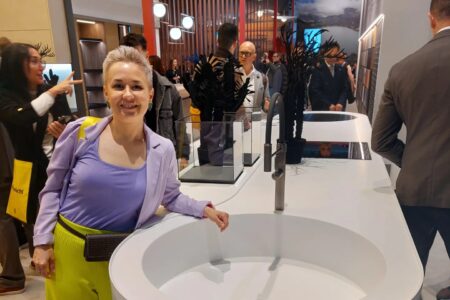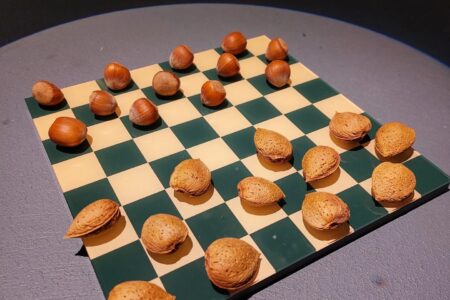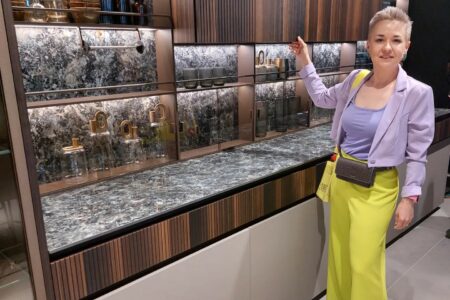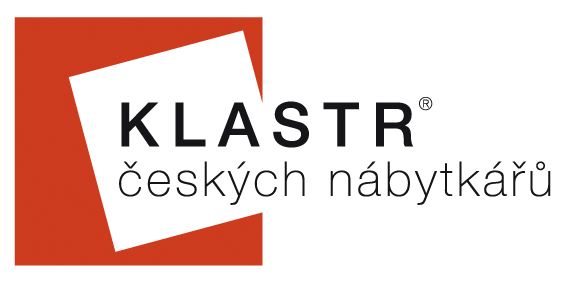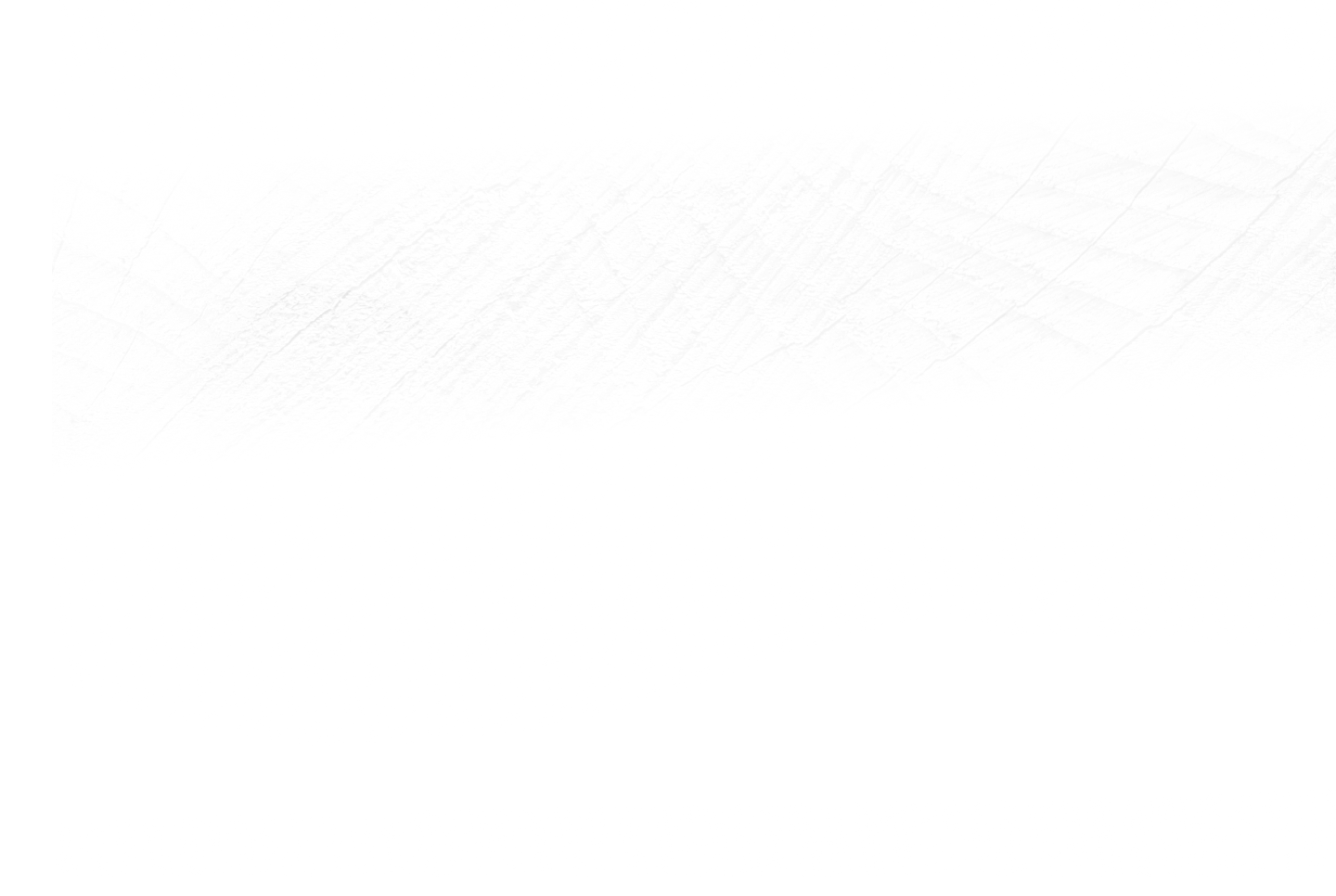
Press Release: Highlights from Eurocucina 2024 Kitchen Fair
The international Eurocucina fair comprises two large halls and is closely tied to the major European event, Salone del Mobile in Milan.
How do representatives of the Cluster of Czech Furniture Manufacturers, who regularly attend to observe innovations and evaluate trends, assess this year’s event?
Similar to the Salone del Mobile halls, the two dedicated to kitchen furniture offered no dramatic breakthroughs. Progress in design seems to have stagnated. Has the courage to experiment disappeared? Is it due to market stagnation? Or are we still feeling the effects of the years-long COVID-19 crisis?
Looking for a silver lining, one might say this offers Czech clients the chance to catch up on trends, as the kitchen sector has not experienced any significant shifts. Kitchen sets continue to be showcased in vibrant colors. These are the same shades seen in other furniture categories, such as terracotta tones—albeit less frequently than two years ago—and a strong presence of blues and greens. The combination of dark wood finishes remains popular, though there is a slight increase in the use of lighter wood tones.
One notable update is the emergence of large, light surfaces, which were absent at the last Eurocucina. This indicates a resurgence of light kitchen designs. However, these are not sterile, pure white finishes but rather off-white shades, soft creams, or subtly modified light tones. Some sets consist almost entirely of a single color, with the countertop providing the contrast.
Another recurring design element is the use of circular components in kitchen islands. These include fully circular extensions, semi-circular endings, or rounded overhanging countertops.
This detail was featured in the displays of many brands, to the point where visitors often lost track of whether they were viewing one manufacturer’s stand or another. The uniformity was striking—bordering on dull and uninspiring. There was little innovation, no significant change, and no forward momentum. Manufacturers appeared to be copying each other rather than offering anything unique.
Glass cabinets and open shelving were also prevalent, though not exactly groundbreaking. While such features can serve as practical supplementary surfaces, relying on them as a full replacement for upper cabinets raises questions about practicality. The sheer number of small shelves and open units was surprising, but their usability in real-world applications remains debatable.
As for handles, the situation is much the same as it was two years ago. Handles are rarely used in upper cabinetry. For lower cabinets, horizontal or, in some cases, vertical handles remain common, often contrasting or matching the color of the doors. Integrated recessed handles are frequently used, sometimes enhanced with backlighting. Two years ago, frame-style cabinet doors began to gain traction. This trend has since expanded, with most exhibitors featuring at least one kitchen design with this type of front panel. In some cases, the upper section of the frame doubles as a handle, while in others, traditional handles are added. Another noteworthy feature is linear grooving, which appeared in several kitchen designs.
Overall, Eurocucina 2024 can be described as stagnant in terms of innovation and novelty. However, the fair remains a significant event, and the strong visitor turnout signals a positive outlook for its future.
Press release HERE





